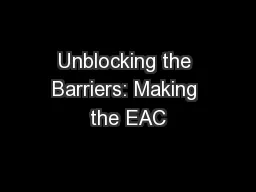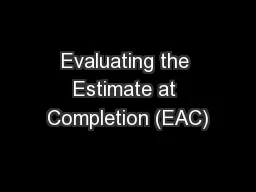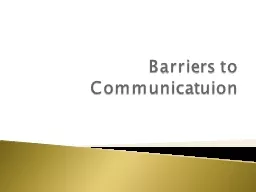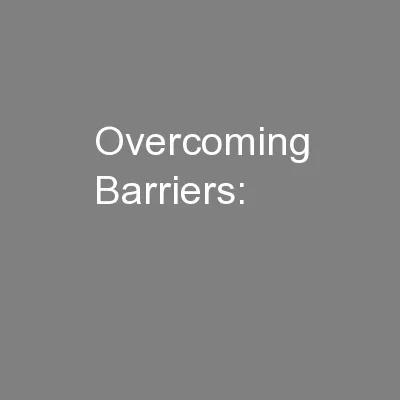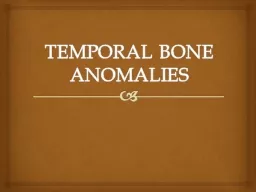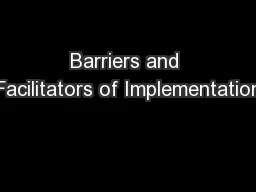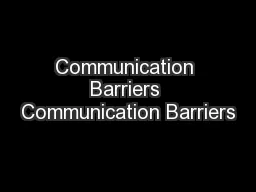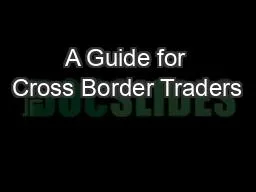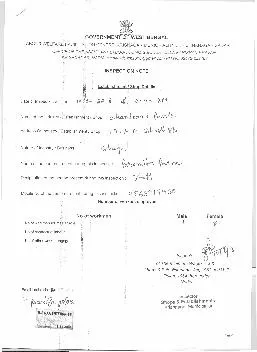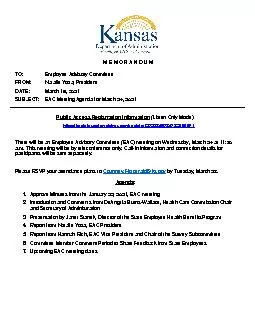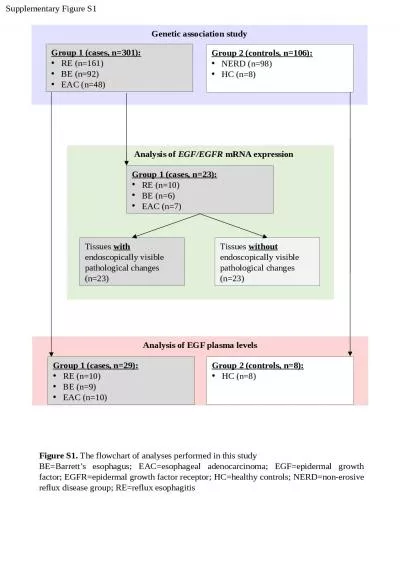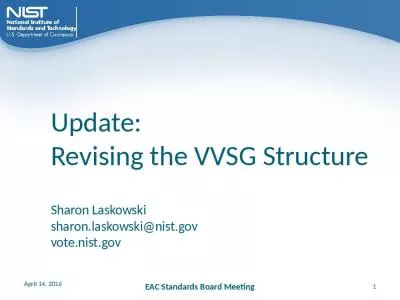PPT-Unblocking the Barriers: Making the EAC
Author : debby-jeon | Published Date : 2016-08-02
Labour Migration Regime Beneficial to Female Migrants Dr Juliana Masabo 1 Women in international migration general trends Growing presence 48 of the global
Presentation Embed Code
Download Presentation
Download Presentation The PPT/PDF document "Unblocking the Barriers: Making the EAC" is the property of its rightful owner. Permission is granted to download and print the materials on this website for personal, non-commercial use only, and to display it on your personal computer provided you do not modify the materials and that you retain all copyright notices contained in the materials. By downloading content from our website, you accept the terms of this agreement.
Unblocking the Barriers: Making the EAC: Transcript
Download Rules Of Document
"Unblocking the Barriers: Making the EAC"The content belongs to its owner. You may download and print it for personal use, without modification, and keep all copyright notices. By downloading, you agree to these terms.
Related Documents

